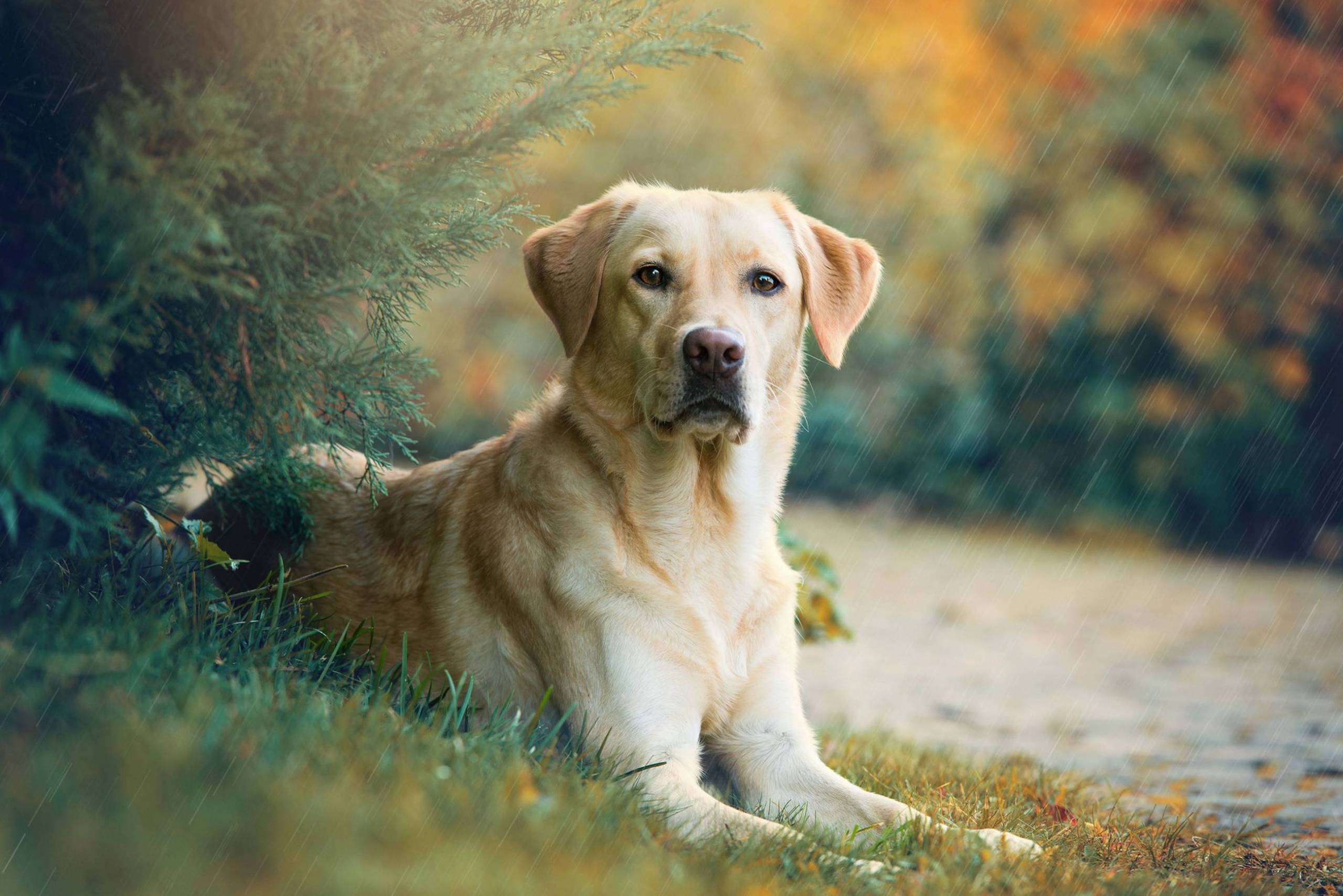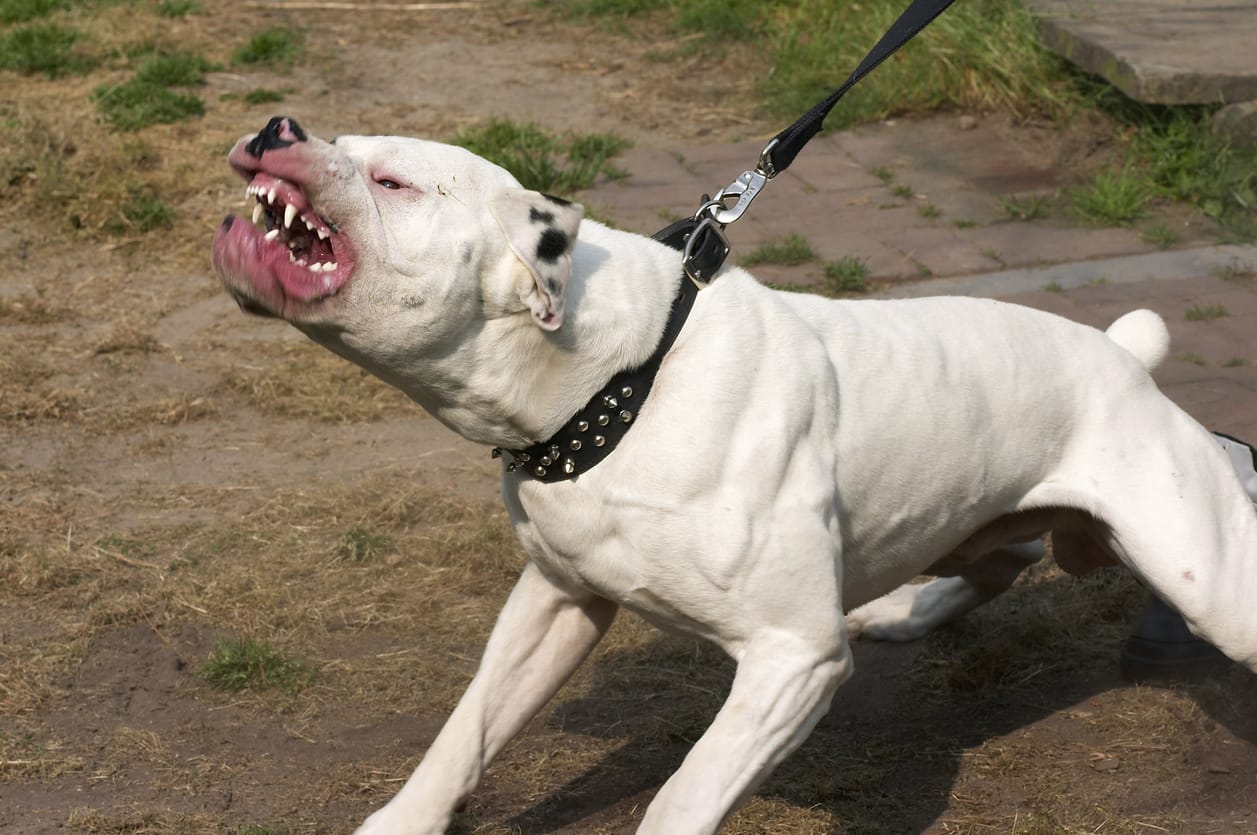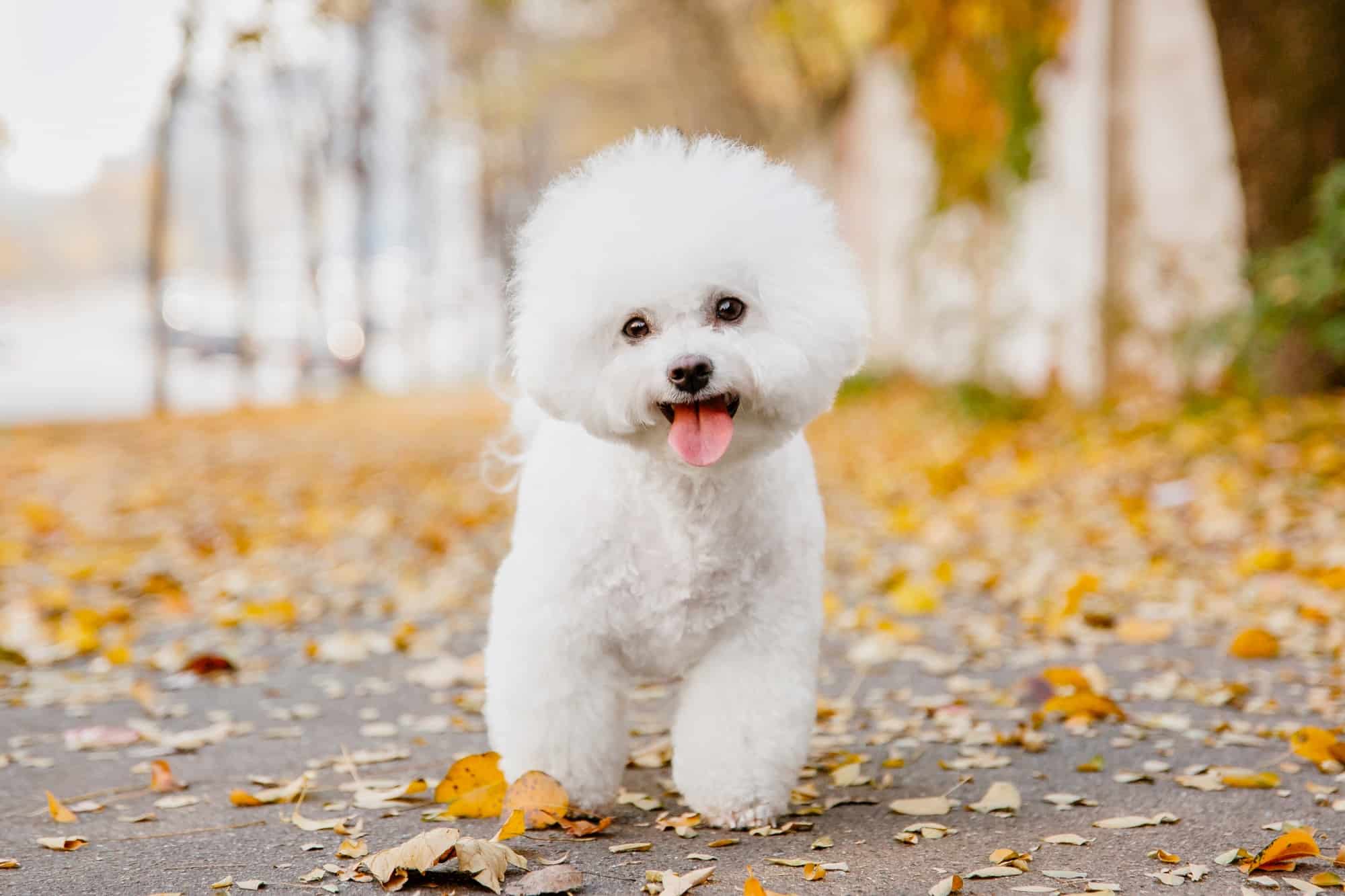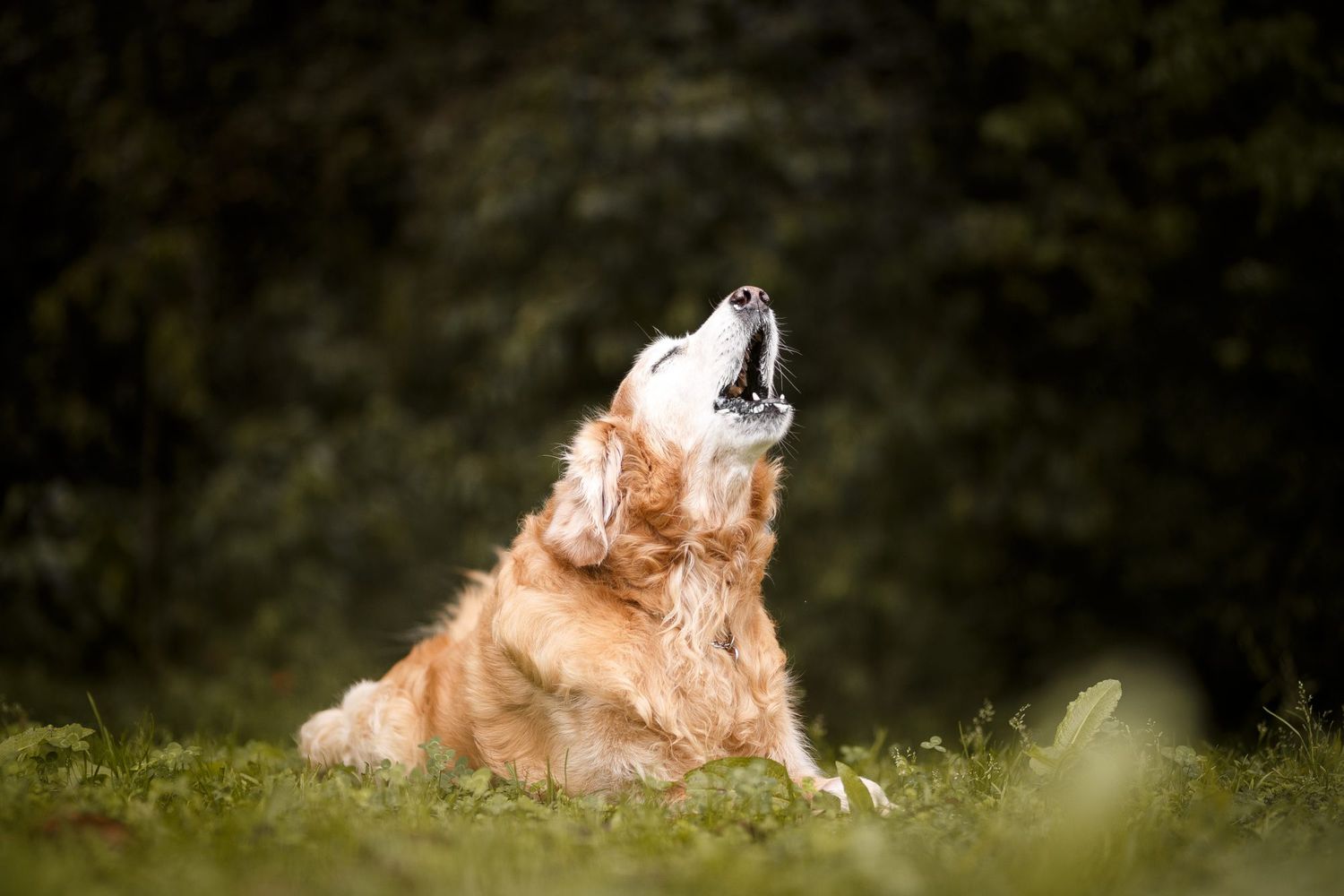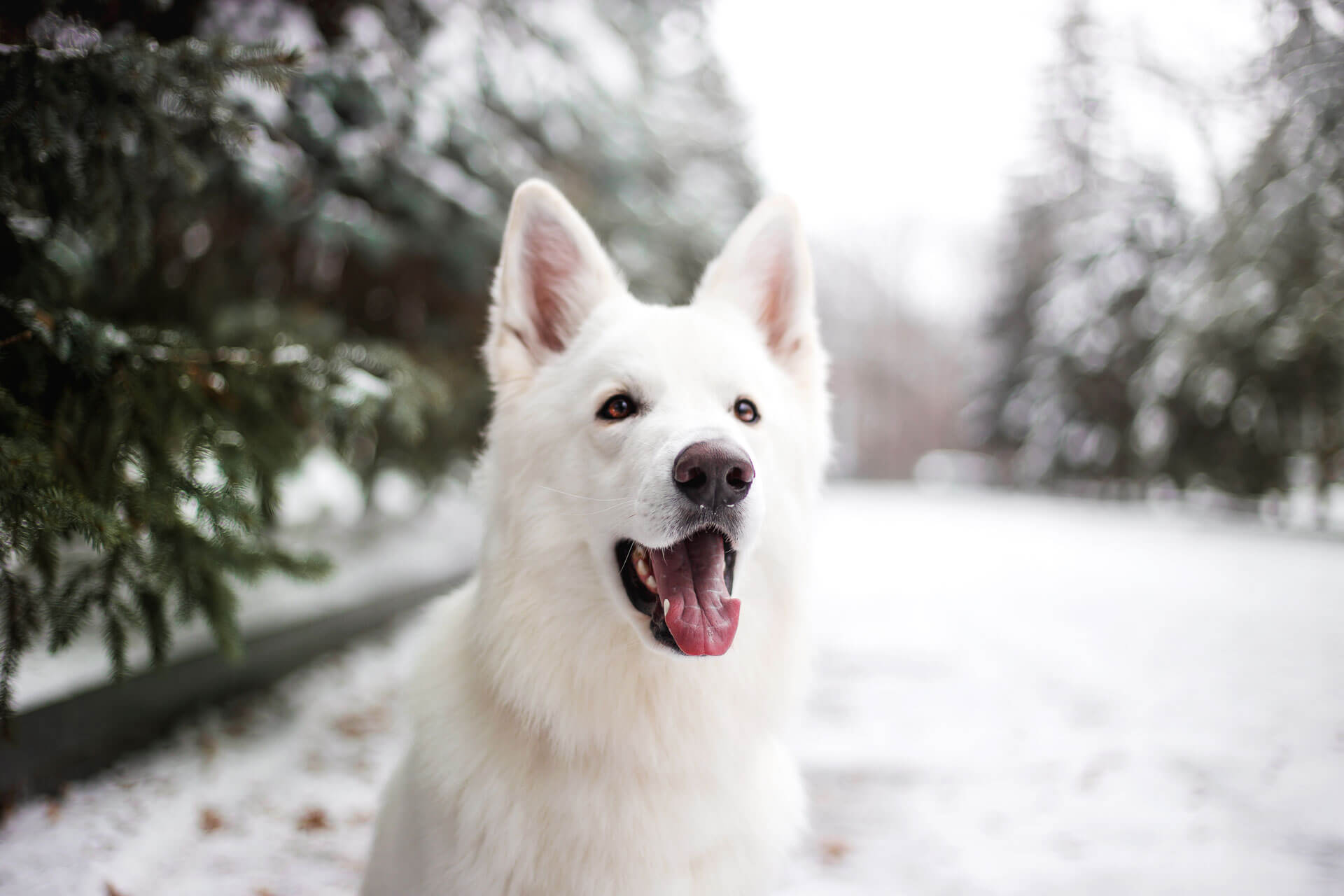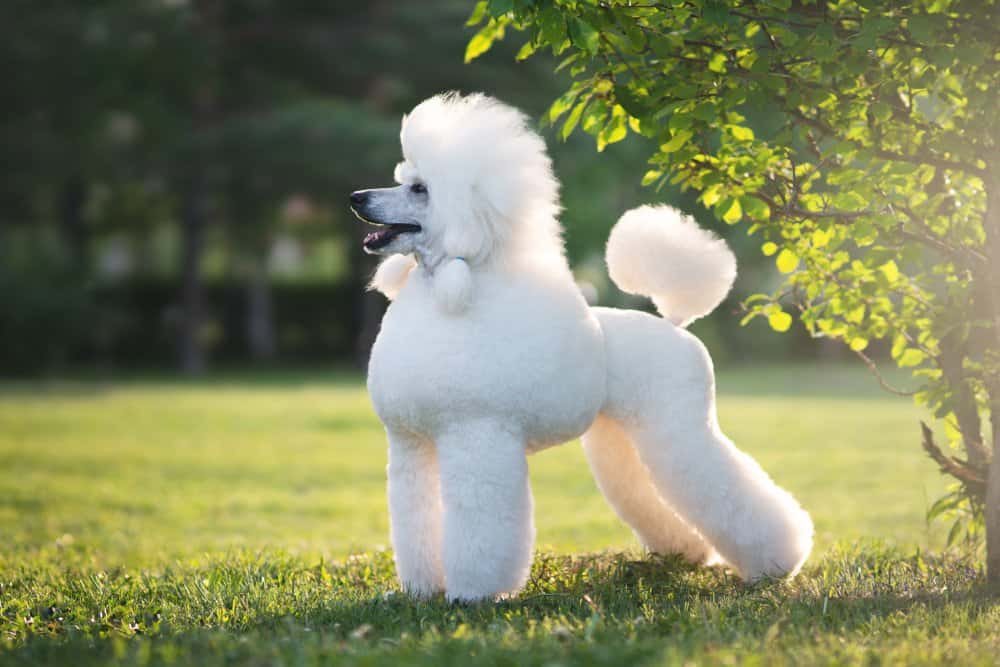Huskies are a popular breed of dogs known for their thick fur coats, friendly personalities, and their ability to work in cold climates. There are many different types of huskies, each with its own unique characteristics and traits.
In this article, we will explore the top 9 largest husky breeds, including their height and weight. We will also provide information on the history and origin of huskies, as well as tips on how to care for them. Whether you are a husky lover or simply interested in learning more about these beautiful dogs, this article is for you.
You are reading: Discover The Top 9 Largest Husky Breeds
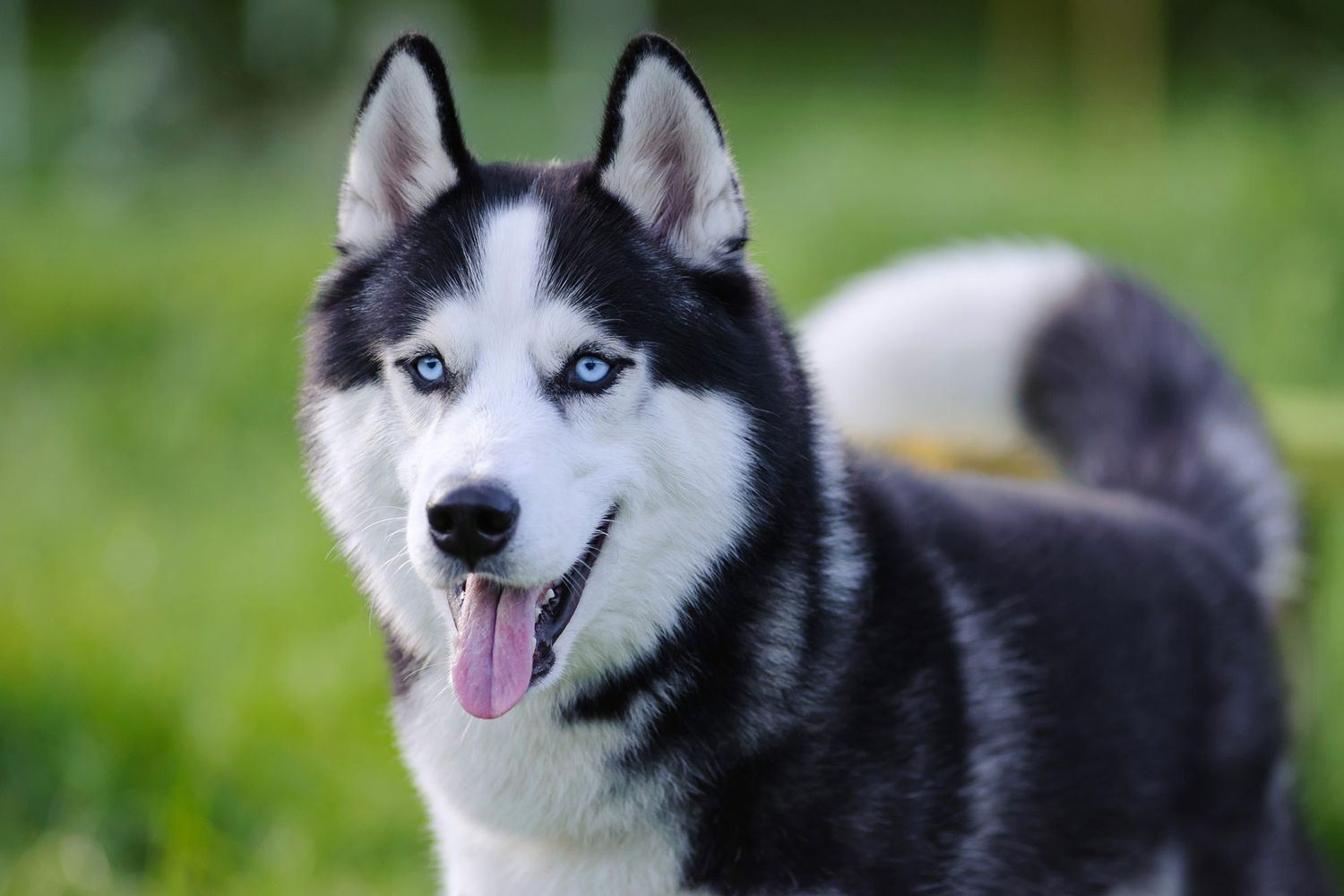
Discover The Top 9 Largest Husky Breeds
Utonagan Husky

The Utonagan Husky is a relatively new breed that was developed in the 1980s by Edwina Harrison. It is a crossbreed of several different breeds, including the Siberian Husky, Alaskan Malamute, and German Shepherd, as well as five other unknown rescue breeds.
The Utonagan was developed to mimic the appearance of a wolf while still maintaining the good qualities of domestic dogs. This breed is known for its strong personality and elegant build, and it is a powerful, energetic dog that is ideal for extremely energetic homes.
The Utonagan is a large-sized mixed breed with a stocky yet athletic build, and it is bred to look like a wolf with its triangular ears, black noses, and wolf-like appearance.
Utonagans are large, strong, and muscular, but they are not heavy in build. They are athletic and showcase a muscular physique, and their head is neither too elongated nor too broad, more specifically wedge-shaped, and well-cohered to the body. Utonagans are sweet and loving dogs with a very even-tempered personality, making them an excellent choice for families with children.
Alaskan Malamute

Read more : Why Does My Dog Lick My Belly Button?
The Alaskan Malamute is a large breed of dog that was originally bred for its strength and endurance to haul heavy freight as a sled dog and hound.
Here are some key facts about the Alaskan Malamute:
Physical traits:
– The Alaskan Malamute is a large, heavy dog that can weigh between 70 and 95 pounds.
– They have a thick, double coat that is designed to keep them warm in cold weather.
– The undercoat is oily and woolly, while the outer guard coat is coarse and stands off the body.
– Their ears are small in proportion to the head and stand firmly erect when at attention.
History:
– The Alaskan Malamute is one of the oldest Arctic sled dog breeds and has a proud history of working and living in extremely harsh conditions.
– They are thought to have traveled across the Bering Strait many thousands of years ago with people from the Arctic regions of Siberia.
– Once in North America, they lived and worked with the Inuit, who depended on these dogs for their very survival.
Temperament:
– The Alaskan Malamute is an affectionate, loyal, playful, and confident dog.
– They are friendly and devoted, making them great family pets.
– They are not racing dogs, but are instead meant to pull hefty loads at slow speeds.
– They are still used as sled dogs for personal travel, hauling freight, or helping move light loads.
Fun facts:
– The Alaskan Malamute was fully recognized by the AKC in 1935, and the breed’s first championship was awarded that same year.
– They have become popular among those who enjoy sledding, weight pulling, skijoring, backpacking, and other winter activities.
Labrador Husky
The Labrador Husky is a purebred dog that was developed on the coast of Labrador, Canada.
Here are some key facts about the Labrador Husky:
Physical traits:
– Labrador Huskies are large dogs, weighing between 60 and 100 pounds.
– They have a dense double coat that requires frequent brushing to keep it healthy.
– They have a long muzzle and a round head, and their ears are erect and pointed.
History:
– The Labrador Husky is a purebred dog, not a mix between a Labrador and a Husky.
– They were originally bred for their strength and endurance to haul heavy freight as sled dogs.
Temperament:
– Labrador Huskies are friendly, loyal, intelligent, and loving dogs.
– They are good with children and make great family pets.
– They require daily exercise and outdoor space to run and play.
Health:
– Labrador Huskies are generally healthy dogs, but they can suffer from bloat, hip dysplasia, and other health issues.
– Regular grooming and veterinary check-ups can help keep them healthy and happy.
Sakhalin Husky
The Sakhalin Husky, also known as Karafuto-Ken, is a critically endangered breed of sled dog that is associated with Sakhalin Island and adjacent areas.
Here are some key facts about the Sakhalin Husky:
Physical traits:
– The Sakhalin Husky is a medium-sized dog that can weigh up to 88 pounds and stand up to 26 inches tall at the withers.
– They have a thick double coat that is designed to keep them warm in cold weather.
– They can have black, red, gray, and brindle coloring.
History:
– The Sakhalin Husky was developed over centuries by the Nivkh people as a hardy, reliable sled dog and hunting companion.
– They were used by the Japanese during World War II to transport supplies and people across the frozen sea between Japan and Sakhalin Island.
– The breed is now critically endangered, with only about 20 remaining on Sakhalin Island.
Temperament:
– The Sakhalin Husky is known for its loyalty, intelligence, and hardworking nature.
– They are well-suited to harsh snowy climates and are excellent sled dogs.
– They are friendly and affectionate with their owners, but can be reserved with strangers.
Fun facts:
– The Sakhalin Husky was the subject of a heroic story in 1958 when a team of Sakhalin Huskies was used to transport a Japanese expedition across Antarctica.
– The breed is nearly extinct, but efforts are being made to preserve the remaining dogs and revive the breed.
Siberian Husky
The Siberian Husky is a medium-sized working sled dog breed that belongs to the Spitz genetic family.
Here are some key facts about the Siberian Husky:
Physical traits:
– The Siberian Husky is a medium-sized dog that can weigh between 35 and 60 pounds.
– They have a thick double coat that is designed to keep them warm in cold weather.
– They have erect triangular ears and distinctive markings, and are smaller than the Alaskan Malamute.
History:
– The Siberian Husky was originally developed by the Chukchi people of the Chukchi Peninsula in eastern Siberia.
– They were brought to Nome, Alaska in 1908 to serve as working sled dogs, and were eventually developed and used for sled dog racing.
– Modern Siberian Huskies registered in the US are almost entirely the descendants of the 1930 Siberia imports and of Leonhard Seppala’s dogs, particularly Togo.
Temperament:
– Siberian Huskies are known for their friendly, outgoing, and playful nature.
– They are intelligent, independent, and can have a mischievous streak.
– They are active, independent, mischievous, and playful, and get along fairly well with children and strangers.
Fun facts:
– The Siberian Husky is one of the oldest Arctic sled dog breeds and has a proud history of working and living in extremely harsh conditions.
– They are still used as sled dogs for personal travel, hauling freight, or helping move light loads.
– The Siberian Husky was fully recognized by the AKC in 1930, and the breed’s first championship was awarded that same year.
Chinook
The Chinook is a breed of sled dog that was developed in the state of New Hampshire during the early 20th century.
Here are some key facts about the Chinook:
Physical traits:
– The Chinook is a medium to large-sized dog that can weigh between 55 and 90 pounds.
– They have a thick double coat that is designed to keep them warm in cold weather.
– They have a tawny-colored coat that can range from red to silver or fawn.
History:
– The Chinook was developed by Arthur Treadwell Walden of Wonalancet, New Hampshire, who bred them for their strength and endurance as sled dogs.
– The breed was named after Walden’s lead dog, Chinook, who was born in 1917.
– The Chinook is the official state dog of New Hampshire.
Temperament:
– The Chinook is an intelligent, friendly, and loyal dog that makes a great family pet.
– They are good with children and other dogs, and are known for their patience and eagerness to please.
– They are highly trainable and adaptable, and can excel in a variety of activities, including sledding, agility, and obedience training.
Fun facts:
– The Chinook is a relatively rare breed, with only about 100 new puppies registered each year in the United States.
– The Chinook was listed as the world’s rarest dog in the Guinness Book of World Records in 1966, when only 125 existed.
Canadian Eskimo Dog
Read more : Why Does My Brothers Dog Look Like Frank Gallagher
The Canadian Eskimo Dog, also known as the Canadian Inuit Dog or qimmiq, is a breed of working dog from the Arctic.
Here are some key facts about the Canadian Eskimo Dog:
Physical traits:
– The Canadian Eskimo Dog is a large breed, weighing between 66 and 95 pounds.
– They have a thick double coat that is designed to keep them warm in cold weather.
– They have a wolf-like appearance, with a broad head, erect triangular ears, and a heavily feathered tail that is carried over their back.
History:
– The Canadian Eskimo Dog is one of the oldest and rarest breeds of Arctic sled dogs.
– They were originally bred by the Inuit people of Canada’s Arctic regions for their strength and endurance as sled dogs and hunting companions.
– The breed is now critically endangered, with only about 300 purebred dogs remaining in the world.
Temperament:
– The Canadian Eskimo Dog is a loyal, tough, and hardworking dog that is well-suited to life in the Arctic.
– They are affectionate and gentle with their families, but can be reserved with strangers.
– They are highly intelligent and independent, and require a firm and consistent hand in training.
Fun facts:
– The Canadian Eskimo Dog is the official animal of Nunavut, a Canadian territory.
– They are known for their incredible endurance and strength, and have been known to pull sleds weighing up to 500 pounds.
– The Canadian Eskimo Dog is considered a national treasure in Canada, and efforts are being made to preserve the breed.
Tamaskan
The Tamaskan is a breed of dog that was developed in the 1980s by a group of British breeders.
Here are some key facts about the Tamaskan:
Physical traits:
– The Tamaskan is a large breed of dog that can weigh between 55 and 99 pounds.
– They have a thick double coat that is designed to keep them warm in cold weather.
– They have a wolf-like appearance, with a broad head, erect triangular ears, and a heavily feathered tail that is carried over their back.
History:
– The Tamaskan was developed by breeding German Shepherds, Siberian Huskies, Alaskan Malamutes, and Samoyeds.
– The breed was created to resemble a wolf, but with a more trainable and sociable temperament.
– The Tamaskan is not recognized by any major kennel club as a breed.
Temperament:
– The Tamaskan is a highly trainable and intelligent dog that makes an excellent working dog.
– They are loyal, devoted, and sensitive dogs that respond best to positive reinforcement.
– They are tolerant of children and love to play outdoors.
– Tamaskans can suffer from high separation anxiety and may be best for active single people or families that want a daily companion.
Fun facts:
– The Tamaskan is one of several breeds that were developed from the Northern Inuit Dog breeding project in the UK.
– The Tamaskan is a slow-maturing breed, reaching full maturity at 3-4 years.
– Tamaskans have excelled at agility and other dog sports.
Northern Inuit Dog
The Northern Inuit Dog is a breed of dog that was developed in the United Kingdom in the 1980s. The breed was created by crossing dogs of unknown breed ancestry imported from North America with Alaskan Malamutes, German Shepherds, Siberian Huskies, and possibly Samoyeds. The intention of the breeding project was to create a dog of wolf-like appearance that could be kept as a companion dog and that could also be trained for other tasks. The Northern Inuit Dog breeding project subsequently split into a number of breed lines, including the Tamaskan dog, the British Timber dog, and the Utonagan. The Northern Inuit Dog is a medium to large breed of dog, with the males larger and heavier than the females. They have thick coats of varying color, upright ears, and straight, furry tails. The Northern Inuit Dog is intelligent, loyal, and pack-oriented, and they love their humans and get along well with kids. They are often great family dogs and will not show aggression towards their humans, but they may suffer separation anxiety, so they would best fit an environment where someone is home most of the time or with another canine companion. They have a stubborn streak and may be difficult to train, so these dogs would be best for experienced pet parents.
FAQS
1. What is the difference between a husky and a malamute?
Huskies and malamutes are both working dogs bred for cold climates, but they have some differences. Malamutes are larger and heavier than huskies, and they are more loyal to their owners than to their pack. Huskies, on the other hand, are smaller and more independent.
2. What are the top 9 largest husky breeds?
The top 9 largest husky breeds, in order of size, are: Utonagan Husky, Alaskan Malamute, Labrador Husky, Sakhalin Husky, Siberian Husky, Chinook, Canadian Eskimo Dog, Tamaskan, and Northern Inuit Dog.
3. How big do huskies get?
Huskies can vary in size depending on the breed, but they typically stand between 20 and 30 inches tall and weigh between 35 and 110 pounds.
4. Are huskies good family pets?
Huskies can make great family pets, but they require a lot of exercise and attention. They are known for their friendly personalities and love of people, but they can also be stubborn and independent.
5. How do I care for a husky?
To care for a husky, you should provide them with plenty of exercise, a healthy diet, and regular grooming. They also need socialization and training from a young age to prevent behavioral issues.
Source: https://petstutorial.com
Category: DOGS


